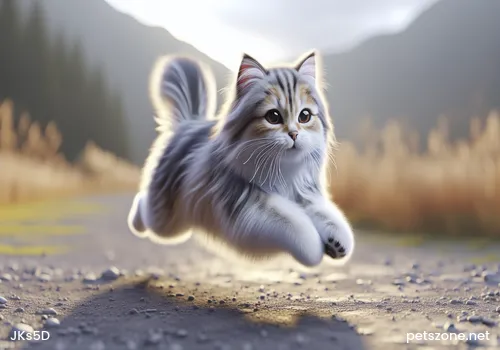Treatment of Cat Cold

Persian Cat
Cat cold is an acute febrile disease mainly characterized by inflammation of the mucosa of the upper respiratory tract. Clinically, it presents with elevated body temperature, coughing, nasal discharge, and frequent sneezing, mostly occurring in kittens. Although the incidence is high, timely treatment will avoid danger.
Identifying Symptoms
Sick cats show lethargy, crouching with little movement, whole body trembling, body temperature rising up to 40 degrees Celsius, chills and fever, clear nasal discharge, reduced appetite, conjunctival hyperemia, photophobia with tearing, alternating chills and fever, increased respiration and heartbeat, a small amount of eye secretion, and difficulty breathing.
Causes of Onset
Cats have poor physical constitution and weak resistance, with poor cold protection in the shelter. When the natural temperature suddenly drops, and the temperature difference is large, it often causes reduced resistance of the respiratory tract mucosa. Cats exposed to cold stimulation cannot adapt temporarily to the changes and catch a cold. This is especially common in early spring or late autumn when the temperature fluctuates frequently. It can also occur when a cat sweats from exercise and is then attacked by cold air.
Prevention and Treatment Methods
The treatment principle for this disease is to dispel wind and cold, reduce fever, and relieve pain, preventing secondary infection. There are many medicines for treating cold, such as Bupleurum, 2 ml per cat each time, twice daily by intramuscular injection; 30% Analgin, 0.3–0.6 g each time; Qiangmao Qing, Su Xiao Shang Feng capsules and others can also be used.



